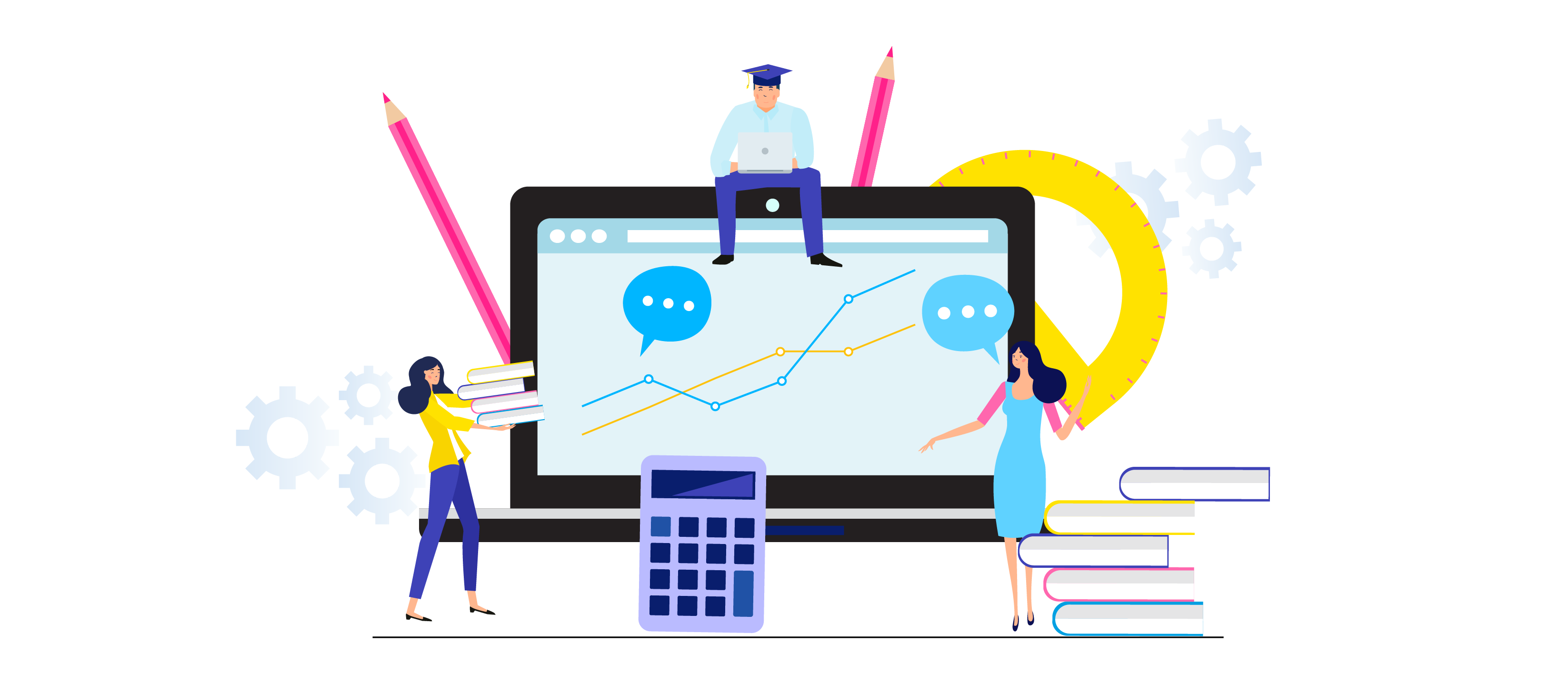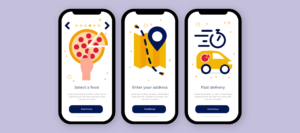Enter the realm of educational games, where knowledge becomes an adventure and learning meets fun. In the current digital era, educational games are revolutionizing students’ learning by capturing their interest and teaching them useful skills and knowledge. Statista projects that by 2026, the global e-learning market is forecast to reach almost 400 billion U.S. dollars, which speaks volumes about how well-liked and effective these cutting-edge learning tools are becoming.
But what are EdTech games specifically, and how can they help student learning? In this blog post, we will delve further into educational games, examining their advantages, characteristics, and effects on students’ academic development. Educational games are revolutionizing classrooms worldwide by encouraging critical thinking, participation, personalized learning experiences, and developing 21st-century skills. So buckle in and get ready to learn how EdTech games can influence the direction of education. Let’s unlock the door to a world where learning is fun, and information is revealed in exciting ways.
What are EdTech Games?

Edtech games, commonly referred to as educational technology games, are dynamic online games created especially with education in mind. These games blend instructional content with gaming features to produce an exciting and immersive learning experience for students of all ages. Additionally, Edtech games can cover various disciplines and learning objectives, including mathematics, language arts, science, history, coding, critical thinking, and problem-solving skills.
Here are some key characteristics and features of EdTech games:
- Gamification: To inspire and involve students in the learning process, edtech games combine game design elements such as points, levels, prizes, challenges, and competitiveness. These gaming elements boost student engagement and make learning more fun.
- Interactive Learning: These games allow students to actively engage with the content through hands-on activities, simulations, puzzles, quizzes, and decision-making scenarios. They encourage exploration, experimentation, and problem-solving.
- Personalized Learning: Many edtech games offer adaptive features that adjust the difficulty level or content based on the student’s performance and progress. This individualized approach ensures that students receive targeted instruction and can learn independently.
- Feedback and Assessment: Edtech games provide immediate feedback to students, allowing them to track their progress, identify areas for improvement, and reinforce learning. Teachers and parents can monitor students’ performance and use the data to provide targeted support.
- Collaboration and Social Interaction: Some edtech games incorporate multiplayer or collaborative features, allowing students to work together, communicate, and solve problems as a team. This fosters social interaction and enhances communication skills.
- Mobile and Online Accessibility: Edtech games are often available on various platforms, including computers, tablets, and smartphones, making them easily accessible inside and outside the classroom. Online connectivity enables students to access educational resources, collaborate with peers, and receive remote instruction.
Pros & Cons of EdTech Games
| Pros of EdTech Games | Cons of EdTech Games |
|
Enhances engagement and motivation. |
Potential for excessive screen time and sedentary behavior. |
|
Facilitates active learning and critical thinking. |
Lack of face-to-face interaction and social skills development. |
|
Personalizes learning experiences based on individual needs. |
Challenges in ensuring equitable access to technology and resources. |
|
Provides immediate feedback and opportunities for self-assessment. |
Possibility of distraction and loss of focus. |
|
Reinforces knowledge and promotes retention. |
Requires adequate training and support for teachers and students. |
|
Fosters collaboration and teamwork among students. |
Limited opportunities for physical, hands-on learning. |
|
Develops digital literacy and technology skills. |
Possible bias or limited perspectives in game content. |
How do Educational Games Help Students Learn in 2023
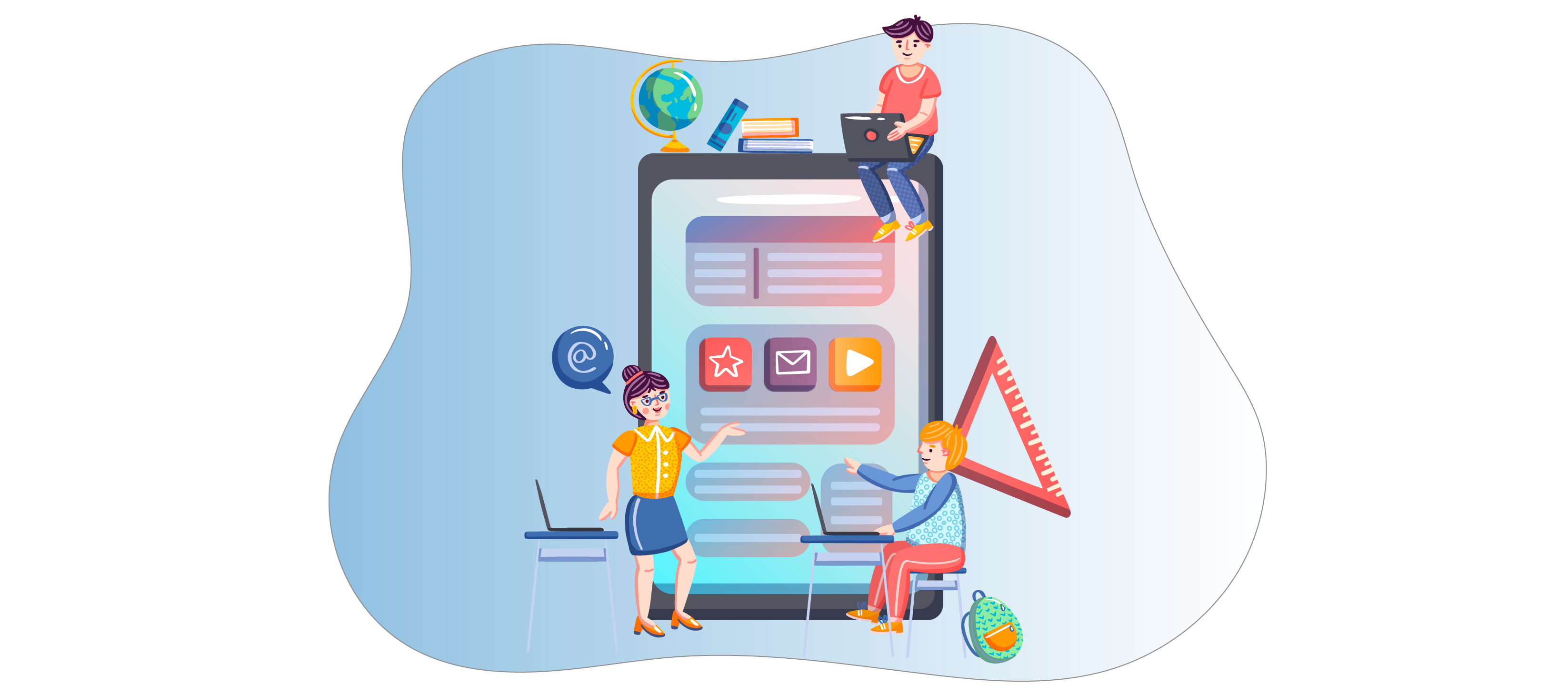
In 2023, educational games continue to play a significant role in enhancing the learning experience for students. Here are some ways in which educational games help students learn:
- Engagement and Motivation: Educational games capture students’ attention and make learning enjoyable. By incorporating gameplay elements, such as challenges, rewards, and competition, these games motivate students to participate and persist in their learning actively. Increased engagement leads to improved knowledge retention and a positive attitude toward learning.
- Active Learning: Educational game development promotes active learning by providing hands-on experiences and interactive challenges. Students can explore concepts, experiment, and make decisions within the game environment. This active participation enhances their understanding and application of knowledge, as they are actively involved in problem-solving and critical-thinking tasks.
- Personalized Learning: Many educational games offer personalized learning experiences. They can adapt to individual students’ needs and adjust the difficulty level based on their performance. This personalized approach allows students to progress at their own pace, receive targeted feedback, and focus on areas that require improvement. Personalization fosters a more efficient and effective learning process.
- Reinforcement and Practice: Educational games provide opportunities for students to reinforce and practice what they have learned. Through interactive activities, quizzes, puzzles, and simulations, students can apply their knowledge and skills contextualized and meaningfully. Regular practice within the game environment helps solidify learning and improves long-term retention.
- Collaboration and Communication: Many educational games now incorporate collaborative features, allowing students to work together and communicate effectively. They can engage in multiplayer modes, cooperative gameplay, or online platforms to discuss strategies, solve problems as a team, and share ideas. Collaboration within educational games develops students’ social and communication skills and their ability to work effectively in groups.
- Real-World Connections: EdTech Games often provide opportunities to connect learning to real-world scenarios. They can simulate practical situations, virtual experiments, or problem-solving challenges that mirror real-life contexts. By experiencing these scenarios within the game, students can understand the relevance and applicability of their learning, making it more meaningful and transferable.
- Data and Progress Tracking: Many educational games generate student progress and performance data. Educators can use this data to track individual and class-wide achievements, identify areas of improvement, and personalize instruction. Analytics and progress reports from the games provide valuable insights into students’ strengths, weaknesses, and learning patterns.
- Accessibility and Flexibility: Educational games are often accessible across various devices and platforms, enabling students to learn anytime and anywhere. This flexibility allows personalized learning experiences that accommodate different schedules and preferences. It also supports blended learning models where students can seamlessly transition between in-person and digital learning environments.
The Role of Educational Games in 2023
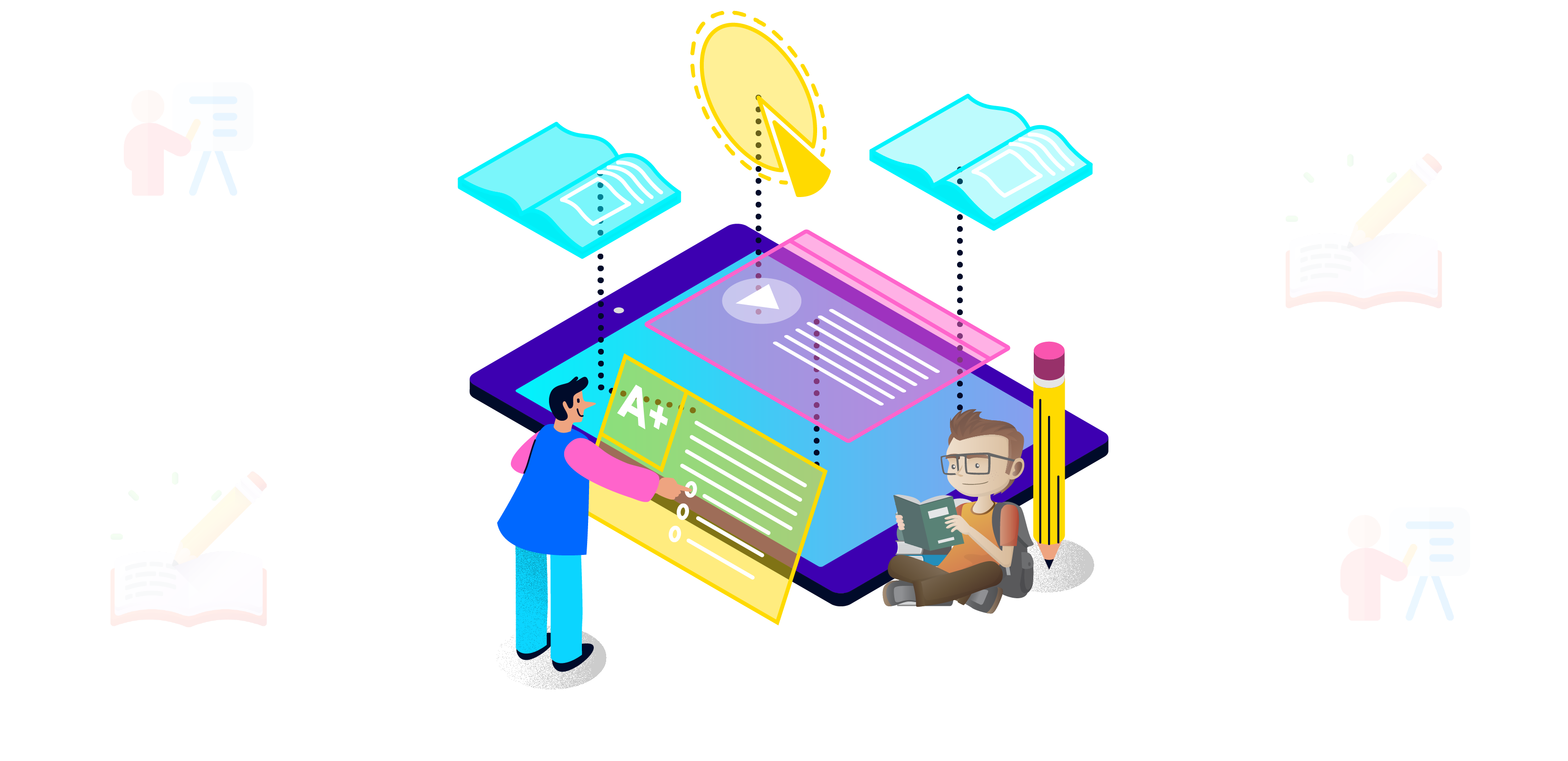
The role of EdTech Games is to combine learning objectives with engaging gameplay to enhance the educational experience. These games leverage interactive elements, challenges, and rewards to make learning more enjoyable and effective for learners of all ages. Here are some key roles that educational games play:
- Enhancing Engagement: Educational games can captivate learners and keep them engaged for extended periods. Integrating game mechanics such as levels, achievements, and leaderboards creates a sense of motivation and accomplishment, fostering a positive learning environment.
- Promoting Active Learning: Educational games encourage active learning, where learners actively participate and interact with the content. Through problem-solving, decision-making, and critical thinking challenges, games prompt learners to apply their knowledge and skills in practical scenarios, promoting deeper understanding and retention.
- Fostering Collaboration and Competition: Many educational games incorporate multiplayer or collaborative elements, allowing learners to interact with peers and work together towards common goals. Collaboration encourages teamwork, communication, and the sharing of ideas. Games can also introduce healthy competition, stimulating learners to strive for improvement and achieve higher performance levels.
- Providing Immediate Feedback: Educational games offer real-time feedback, enabling learners to assess their progress and adjust accordingly. Immediate feedback helps learners identify areas for improvement, reinforces correct concepts or skills, and supports a continuous learning cycle.
- Personalizing Learning Experiences: Educational games can adapt to learners’ needs and preferences, providing personalized learning experiences. By analyzing data on learner performance, games can offer tailored content, challenges, and scaffolding to cater to different skill levels and learning styles.
- Making Learning Fun: One of the primary roles of educational games is to make learning enjoyable. They create an immersive and entertaining learning environment by incorporating captivating narratives, vibrant visuals, interactive elements, and game mechanics. This can increase learner motivation, curiosity, and overall enjoyment of the learning process.
- Supporting Knowledge Retention: Educational games can enhance knowledge retention by presenting information memorably and interactively. By linking new concepts to gameplay elements and using repetition strategically, games reinforce learning and help learners retain information for longer periods.
Educational games have the potential to transform traditional learning methods by providing an engaging and effective learning experience. They can be utilized in various educational settings, including classrooms, online courses, training programs, and self-directed learning.
EdTech Games: The Future of Education Technology?
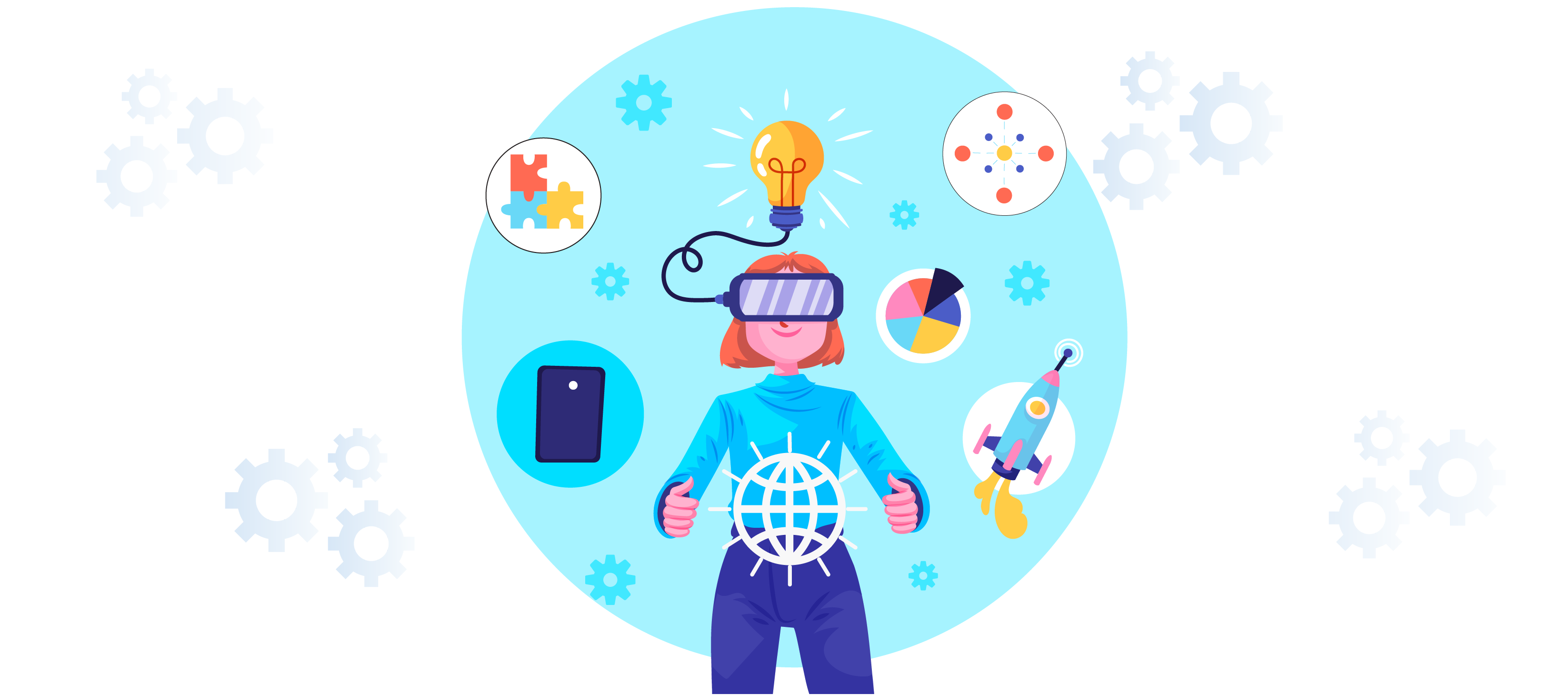
Regarding educational games within the broader realm of educational technology (EdTech), several trends are shaping the future of this field. Here are some notable trends for the future of EdTech games:
- Immersive and Interactive Experiences: The future of EdTech games will focus on creating more immersive and interactive experiences. Virtual reality (VR) and augmented reality (AR) technologies will play a significant role in simulating real-life scenarios, enabling students to interact with 3D objects, explore virtual environments, and engage in hands-on learning.
- Gamification and Game-Based Learning: Gamification techniques and game-based learning will continue to gain prominence in education. These approaches leverage game elements like points, levels, badges, and leaderboards to motivate and engage students. EdTech games will incorporate adaptive and personalized features to provide tailored learning experiences based on individual progress and preferences.
- Mobile and Cross-Platform Accessibility: The future of EdTech games will prioritize mobile accessibility, allowing students to access educational games across various devices, including smartphones and tablets. This flexibility will enable learning to occur anytime, anywhere, facilitating self-paced and independent learning.
- Data-Driven Personalization: EdTech games will increasingly leverage data analytics and machine learning algorithms to provide personalized learning experiences. By tracking students’ performance, preferences, and progress, these games will adapt content, adjust difficulty levels, and offer targeted feedback, enhancing individual learning outcomes.
- Collaboration and Social Learning: The future of EdTech games will emphasize collaboration and social learning. Multiplayer and cooperative game modes will allow students to work together, solve problems collectively, and engage in peer-to-peer interactions. This will foster communication, teamwork, and critical thinking skills.
- STEAM Education and Coding: EdTech games will align with the growing emphasis on science, technology, engineering, arts, and mathematics (STEAM) education. They will integrate coding and programming elements, enabling students to learn computational thinking, problem-solving, and logical reasoning skills engagingly and interactively.
- Real-Time Feedback and Assessment: EdTech games will provide immediate feedback and assessment to students, allowing them to track their progress and make real-time adjustments. This formative assessment approach will enhance learning outcomes and enable educators to monitor student performance effectively.
- Adaptive Learning Systems: EdTech games will incorporate adaptive learning systems powered by artificial intelligence (AI). These systems will analyze individual student data and dynamically adjust game content and challenges to match their skill levels, ensuring a personalized and optimized learning experience.
- Accessibility and Inclusivity: The future of EdTech games will focus on improving accessibility and inclusivity. Game developers will prioritize features that cater to diverse learning needs, including options for different languages, customizable interfaces, and support for students with disabilities.
- Teacher Integration and Support: EdTech games will be designed to support and complement classroom instruction. They will provide teachers with tools and resources to integrate games effectively into their lesson plans, monitor student progress, and align game-based learning with curriculum objectives.
Examples of Edtech Games Apps
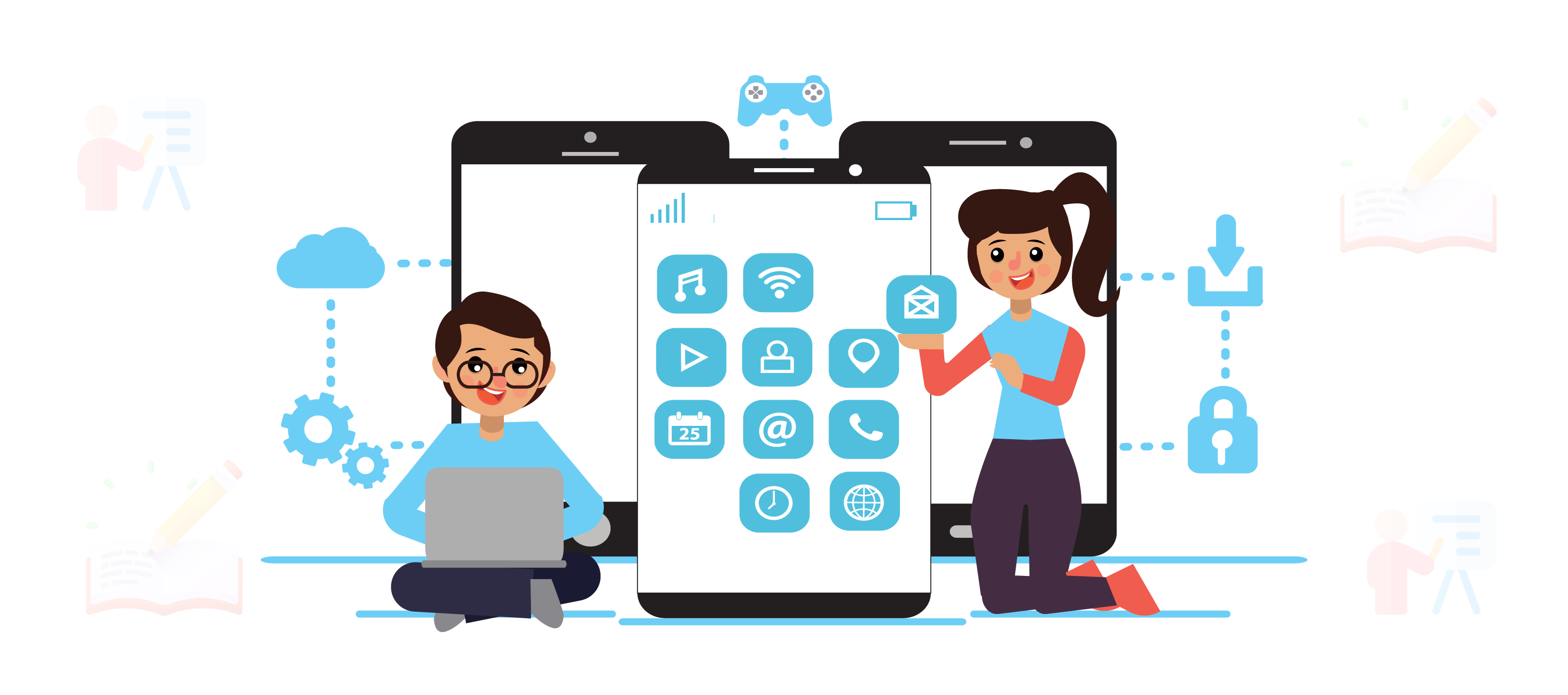
Various EdTech game apps are available across different platforms that cater to different subjects and age groups. Here are some examples of popular EdTech game apps:
- Kahoot!: Kahoot! is a widely used game-based learning platform that allows teachers to create interactive quizzes, discussions, and surveys. Students can participate in these activities using their devices, making learning engaging and fun.
- Duolingo: Duolingo is a language learning app that uses gamification to teach various languages. It offers bite-sized lessons, interactive exercises, and a leveling system to motivate and engage learners.
- Prodigy: Prodigy is a math game app that turns math practice into an adventure. It combines role-playing elements with math challenges, providing students with an interactive and engaging learning experience.
- DragonBox: DragonBox offers a series of math game apps designed to teach different math concepts. These apps use puzzles and challenges to help students develop problem-solving and critical-thinking skills while learning math.
- Code.org: Code.org is a platform that offers a range of game-like coding activities and tutorials to teach programming concepts. It provides an interactive environment for students to learn coding through games and puzzles.
Conclusion
In conclusion, EdTech games will revolutionize how students learn in 2023 as a transformational instrument in education. These engaging, motivating, and active learning opportunities for students are interactive and immersive. With the incorporation of upcoming technologies such as virtual reality and artificial intelligence, EdTech games provide even more opportunities for personalized and impactful learning. In a world where technology is so important, educational games continue to change and mold the educational landscape.
FAQs
Question 1: What are EdTech games?
EdTech games are educational games that leverage technology and digital platforms to facilitate learning. These games are designed to align with educational objectives, covering various subjects and age groups.
Question 2: How do educational games help students learn in 2023?
Educational games in 2023 enhance student learning through engagement, personalization, and active learning. They provide interactive experiences, immediate feedback, and problem-solving and critical-thinking opportunities. These games also support collaboration, develop digital literacy skills, and align with evolving pedagogical approaches and 21st-century skills.
Question 3: What benefits do EdTech games offer students?
EdTech games offer numerous benefits to students. They enhance engagement, motivation, and retention of knowledge. These games provide personalized learning experiences, foster collaboration, and social skills, and expand access to educational resources. EdTech games also promote critical thinking, digital literacy, and adaptability skills.
Question 4: What technologies are shaping the future of educational games?
The future of educational games is influenced by emerging technologies such as virtual reality (VR), augmented reality (AR), artificial intelligence (AI), and mobile platforms. These technologies enable more immersive and interactive experiences, personalized learning, adaptive systems, and cross-platform accessibility.
Question 5: Are there specific educational game apps available in 2023?
Yes, there are numerous educational game apps available in 2023, catering to various subjects and age groups. Some popular examples include Kahoot!, Duolingo, Prodigy, Code.org, Minecraft: Education Edition, ABCmouse, Seesaw, BrainPOP, and Quizlet.
Question 6: Are educational games cost-effective?
The cost-effectiveness of educational games can vary depending on factors such as the specific game, platform, licensing models, and implementation scale. While some games may require upfront costs, others may be available for free or offer subscription options. Additionally, the long-term benefits and impact on student learning should be considered when evaluating the cost-effectiveness of educational games.
Question 7: Can educational games replace traditional teaching methods?
Educational games should be viewed as complementary to traditional teaching methods rather than a replacement. They can enhance and enrich the learning experience, but they do not replace the guidance, expertise, and human interaction teachers provide. Effective integration of educational games involves balancing traditional instruction and game-based learning to create a comprehensive and engaging learning environment.

